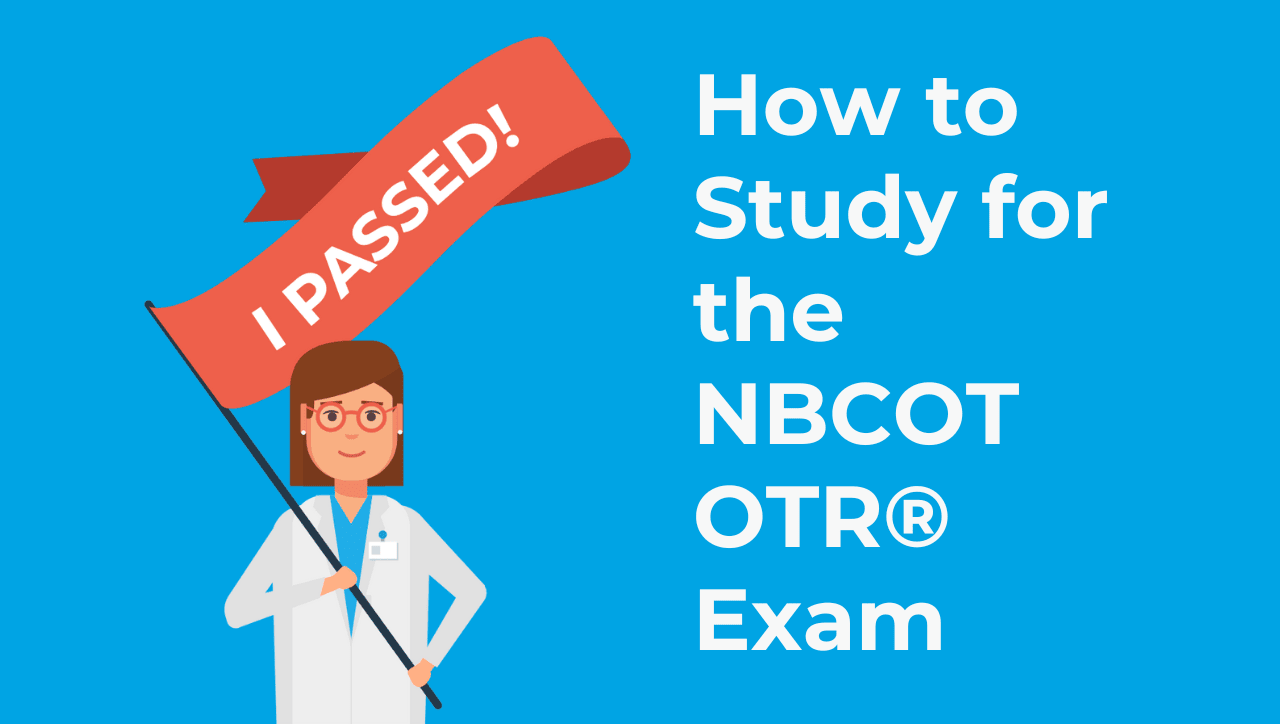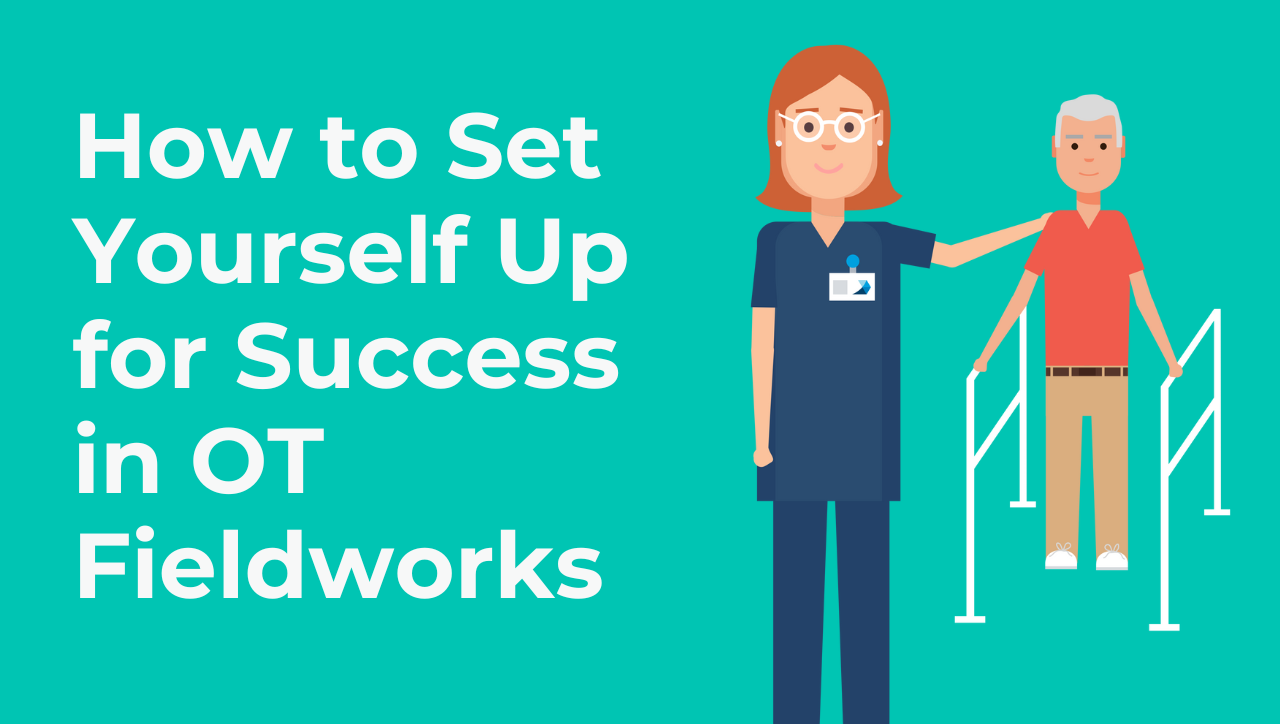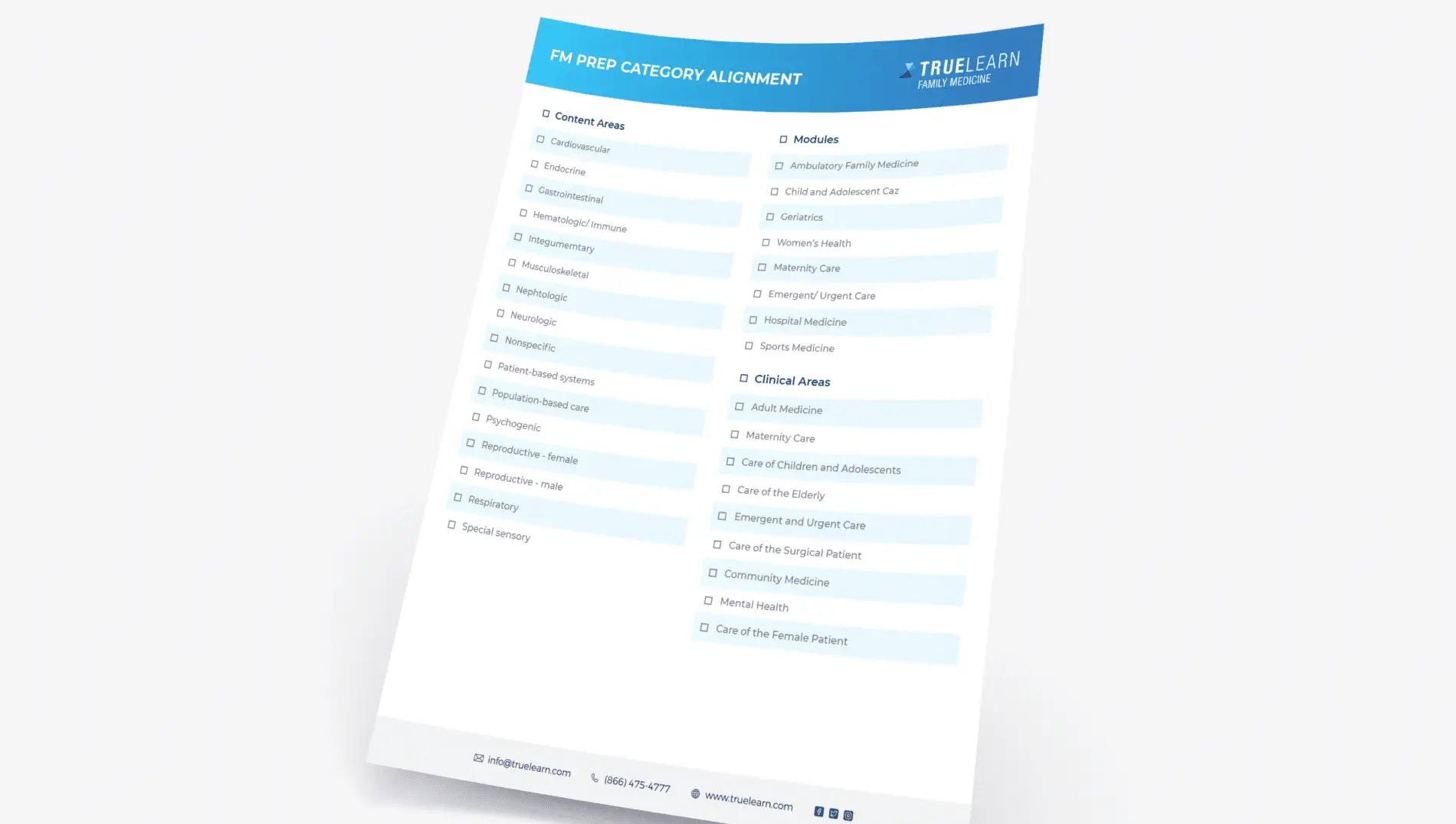Free Occupational Therapy Exam Practice Questions
We understand that it’s all about the content. That’s why we have high-yield occupational therapy exam practice questions written and screened by high-performing OTR authors. And why our questions are updated on a regular basis so as to ensure our SmartBanks stay up-to-date with exam blueprint changes.
TrueLearn’s SmartBanks are not your typical q-bank. Along with the thought-provoking NBCOT®-style practice questions, the answers and explanations are design to help improve your comprehension of the material. So you’re not just preparing for your OTR® exam, you’re preparing for life after graduation.
Below is a free occupational therapy exam practice question to show you what we mean.
Your Free Occupational Therapy Exam Practice Question
A client with an extensive history of alcohol use disorder is referred for occupational therapy services. The client reports a strong desire to return to work. When interviewed regarding work and work habits, the client reports difficulty with regular attendance and was dismissed from a previous job due to intoxication. The client reports difficulty meeting the physical demands of many jobs and feels that jobs do not provide adequate challenges. Which assessment tool is MOST appropriate for the occupational therapy practitioner to implement with this client?
- Occupational Self-Assessment
- Canadian Occupational Performance Measure
- Role Checklist
- Work Environment Impact Scale
The Answer and Explanation
Did you get it right? The correct answer is ‘D’.
The most appropriate assessment tool for implementing with this client is the Work Environment Impact Scale (WEIS).
The WEIS is a semi-structured interview which includes a rating scale. The goal of the WEIS is to gather information on the client’s perception of the workplace environment, how the environment supports or inhibits performance, and the fit between the client’s skills and the environment.
In order to promote a better fit for employment with this client, gaining information regarding the most appropriate work environment is essential.
| Assessment Tools | |
| Work Environment Impact Scale | – Semi-structured interview and rating scale – Gathers information on client perception of the workplace environment, the degree it supports or inhibits performance, and the “fit” between workers, skills, and the environment – Useful for intervention planning |
| Occupational Self-Assessment | – Self-report measure – Identifies problem areas in occupation, competence in the occupation, and importance of various occupations – Utilized for goal setting and as an outcome measure |
| Canadian Occupational Performance Measure | – Semi-structured interview – Focuses on areas of self-care, productivity, and leisure – Client rates performance and satisfaction – Utilized for goal setting, intervention planning, and measuring outcomes |
| Role Checklist | – Requires client to mark if roles were participated in from the past, present, or in the future – Encourages clients to place value on varying roles – Useful for intervention planning |
Wrong Answer Explanations
Answer A (Occupational Self-Assessment): Occupational Self-Assessment is a self-report measure that identifies clients’ problem areas in occupations, clients’ competence in occupations, and the level of importance clients assign to varying occupations. Although important to address, this does not address the client’s desire to return to work and does not address the work environment that may promote engagement for this client.
Answer B (Canadian Occupational Performance Measure): Canadian Occupational Performance Measure is a semi-structured interview that addresses self-care, productivity, and leisure. The client scores performance and satisfaction in the occupations identified. Although important to address, this does not address the client’s desire to return to work and does not address the work environment that may promote engagement for this client.
Answer C (Role Checklist): Role Checklist requires the client to mark participation in varying roles in the past, present, or those in which they would like to participate in the future. The client is also encouraged to place value on the roles identified. Although important to address, this does not address the client’s desire to return to work and does not address the work environment that may promote engagement for this client.
Bottom Line
The WEIS is a semi-structured interview which includes a rating scale. The goal of the WEIS is to gather information on the client’s perception of the workplace environment, how the environment supports or inhibits performance, and the fit between the client’s skills and the environment.
Here Is Another Free Occupational Therapy Exam Practice Question
The occupational therapy practitioner observes several retained pediatric reflexes. Which reflexes are most likely retained based on the child’s handwriting performance?
- Landau reflex
- Symmetrical Tonic Neck Reflex (STNR)
- Asymmetrical Tonic Neck Reflex (ATNR)
- Vestibular Ocular reflex
- Tonic Labyrinthine Reflex (TLR)
- Spinal galant reflex
The Answer and Explanation
Did you get it right? The correct answers are ‘B’, ‘C’, and ‘E’.
The Symmetrical Tonic Neck Reflex (STNR) is a primitive reflex that typically emerges around 6-9 months of age and helps infants transition from lying on the stomach to a crawling position. The STNR is usually integrated by 9-12 months of age as the child develops more advanced motor skills. Retention of the STNR can affect posture and upper-body control, making it challenging to stabilize the body while focusing on fine motor tasks like handwriting. This may cause the child to slouch or struggle with proper hand positioning, leading to messy and inconsistent writing.
The Asymmetrical Tonic Neck Reflex (ATNR) occurs when the child’s head is rotated to one side, causing ipsilateral extension of the extremities towards which the face is turned and contralateral flexion of extremities. If not integrated, the ATNR can interfere with bilateral coordination and hand dominance, making it difficult for the child to maintain proper posture and hand stability during handwriting tasks.
The Tonic Labyrinthine Reflex (TLR) occurs when the child’s head is flexed, the shoulders protract and hips also flex. When the head extends, the shoulders retract, and the hips extend. If not integrated, the TLR can affect head and neck movements, potentially impacting the child’s ability to maintain proper posture and visual tracking during handwriting tasks.
| Pediatric Reflexes | |
| Primitive Reflex | Retention Signs (indicators the reflex has not integrated properly) |
| Symmetrical Tonic Neck Reflex | Postural challenges: Slumping, leaning on the desk, or “W” sitting.Gross motor difficulties: Clumsiness, awkward crawling, and poor coordination.Handwriting issues: Messy writing, awkward pencil grip, and hand fatigue.Eye-hand coordination problems: Struggles with tasks like cutting or catching a ball.Difficulty focusing: Fidgeting, restlessness, and trouble sitting still.Upper and lower body disconnection: Trouble coordinating movements between arms and legs. |
| Landau Reflex | Primarily supports postural development and gross motor control of the trunk and neck.Does not directly influence fine motor coordination, hand-eye coordination, pencil grip, or letter formation.Retention may cause slight postural stiffness, but a child can still control the small, precise movements needed for handwriting. |
| Asymmetric Tonic Neck Reflex (ATNR) | Difficulty crossing midline; poor handwriting; gait coordination and balance challenges; visual motor tracking issues; math and reading delays |
| Spinal Galant Reflex | Poor attention to task; poor bladder control; poor motor coordination; slouched posture when seated; awkward gait; can cause scoliosis if partially integrated |
| Tonic Labyrinthine Reflex (TLR) |  Poor balance and posture, joint hypermobility; decreased spatial awareness; motion sickness |
| Vestibular Ocular Reflex | Dizziness, poor balance, spatial disorientation; difficulty determining body position and motion |
Wrong Answer Explanations
Answer A (Landau reflex): The Landau reflex typically integrates around 12–24 months. The Landau reflex is initiated when the child is held in a prone horizontal position (like “airplane”), the child extends the head, trunk, and hips. The Landau reflex primarily supports postural development and gross motor control of the trunk and neck and does not impact handwriting or fine motor coordination.
Answer D (Vestibular Ocular reflex): The vestibular ocular reflex is involved in stabilizing gaze during head movements and is not typically associated with handwriting difficulties in school-age children.
Answer F (Spinal galant reflex): The spinal galant reflex involves a lateral trunk movement in response to stroking along the spine and is typically present in infants but should be integrated by the age of 2 months. This reflex is not directly related to handwriting difficulties in school-age children.
Bottom Line
Based on the observed handwriting difficulties and challenges with hand-eye coordination, it is likely that the child has retained the Symmetrical Tonic Neck Reflex (STNR), Asymmetrical Tonic Neck Reflex (ATNR), and Tonic Labyrinthine Reflex (TLR).
Get More Free OT Exam Practice Questions
Fill out this form to get your next set of free practice questions. Or if you’re interested in even more free questions, check out the free OT SmartBank trial we’re currently offering.


